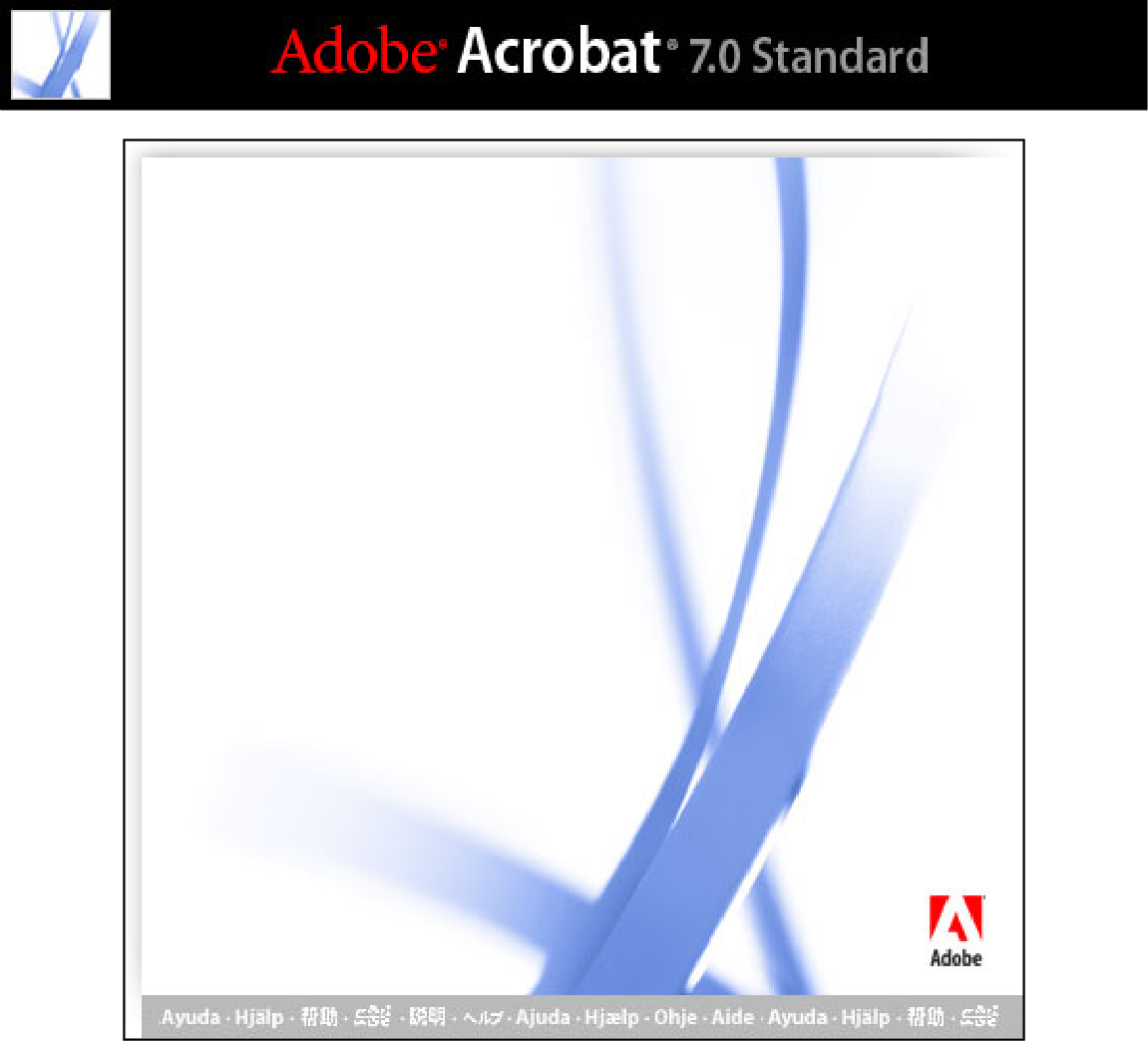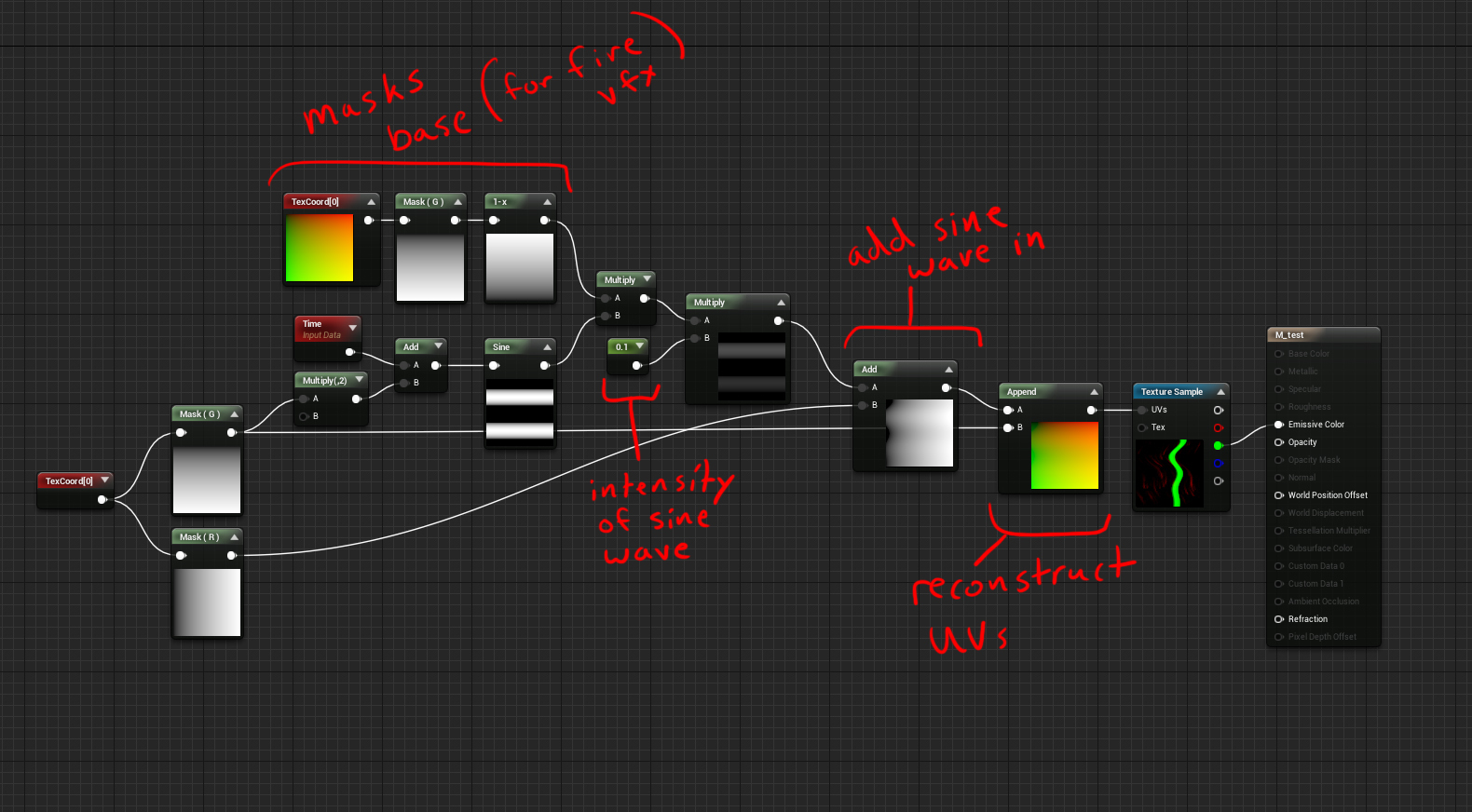

Time-based restricted stock/units vest based on a predetermined length of time. Time-based Restricted Stock/Restricted Stock Units The major distinction between a SAR and a stock option is that a SAR does not require the actual purchase of shares.

Stock Appreciation rights, or SARs, function very similarly to a stock option in that a recipient of a SAR will receive the value of the increase in stock price in cash (though sometimes it is received in stock). These options are referred to as being “underwater.” An option has no value if in the future the share of the company is below the exercise price (since the grantee would be paying above-market price, and there would be no impetus to exercise the option). Most companies grant options with 10-year terms. The window of time that a grantee can exercise the option is referred to as the term. For example, if a share is trading at $10, and the exercise price is $5, the grantee can purchase a share at $5 and sell at $10 in the open market, resulting in a $5 profit per unit. Once a stock option vests (see “What is Vesting?” below), the grantee can exercise the right to purchase stock at the exercise price. Generally, the option’s exercise price will be the stock’s closing price on the date of the grant. Cash-based: Value is delivered in cash and is not tied to the performance of shares employees will receive a cash payout, based on service, achievement of predefined performance goals, or both.Ī stock option entitles the grantee the right to purchase shares of a company at a fixed price (known as the exercise price) in the future.Note that some companies may grant “phantom shares.” Which track the movement of value of the underlying shares but pay out in cash. Payout may be tied to achievement of performance goals, but ultimately, employees will receive a share of company stock. Stock-based: Value is delivered in shares of the company stock.

Per unit, employees will receive the difference between the value of the underlying unit at some point in the future, and the underlying value when the stock options/stock appreciation rights (SARs) were granted.

When employees become shareholders themselves, they have incentive to increase company value as the performance of the shares directly affects their own compensation. For shareholders, LTI are a vehicle that aligns employees with the performance of shares (for market-based equity vehicles) and the long-term vision of the company.For employees, LTI can be a reward for outstanding performance and are a vehicle for capital accumulation.For employers, LTI present an opportunity to reward the achievement of long-term plans, promoting buy-in to corporate performance.LTI can be a win-win for all participants: A long-term incentive, as the name suggests, is a vehicle that has an extended time horizon (generally greater than one year) and that can be a strategic compensation vehicle to promote long-term retention and alignment with company goals.


 0 kommentar(er)
0 kommentar(er)
